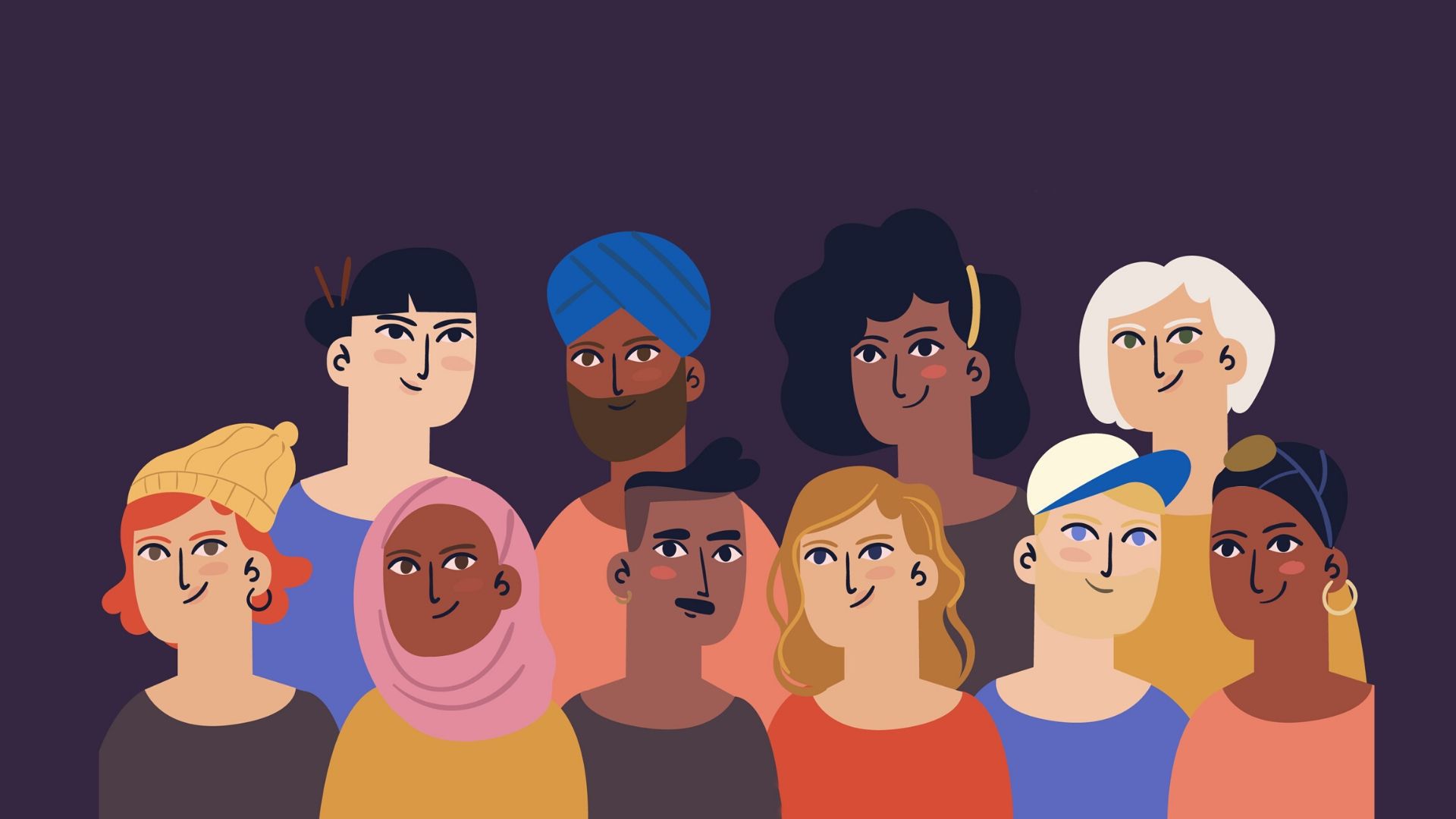
The 4 Cultural Dimensions of Culture
Culture is an umbrella phrase that covers the complex web of human relationships and the social behaviors and norms observed in human cultural communities, which also includes the beliefs, skills, arts, laws, traditions, tools, and materials of the people in those cultures. Some of the most important dimensions of culture are ethnicity, class, gender, and religion. Cultural differences among societies are increasing, due to immigration, socioeconomic development, and technological modernization. International trade, globalization, and social networking have also contributed to the evolution of culture in a global context. Today, cultures differ not only in their societal practices but also in their technological practices.
Cultural values and practices have a tremendous impact on the economic development of a country and society. A well-developed economy depends on the ability of its people to create the economic resources required by the society. A thriving economy requires the development of various institutions, such as education, health care, businesses, livelihoods, social welfare, private industries, government, and culture. In order to understand the importance of culture in shaping economic development, it is necessary to understand the shared patterns and experiences of different cultures.
A culture is a set of cultural norms or beliefs that people share regarding their social, cultural, linguistic, religious, and communal interactions. These norms are transmitted from parents to children, through family members, elders, and mainstream media. These shared norms can be in the form of language, symbols, food, custom, and ritual, or emotions, norms, and beliefs about love, honor, beauty, truth, guilt, and power. A nation’s culture is also defined by legislation and public policies. These policies aim to promote social harmony, maintain the stability of society, guarantee individual rights, provide protection and security, promote social progress, and uphold the dignity of the human person.
One of the major dimensions of culture is language. Language can either be the result of tradition or of socialization. Traditions, for instance, originate from the norms of a culture. On the other hand, socialization occurs when members of a community get together to interact with each other. When language is lost in this interaction, it is known as a language break, and the culture will lose its identity and, most often, the language associated with it.
A third dimension of culture is ethnicity. The social groups that share a culture may have similar norms regarding gender, race, religion, nationalities, communities, and other aspects. It is not possible to speak of a culture when all members of a group do not share the same belief system, practice the same customs, or live within the same country or region.
The fourth dimension of culture is the effects of the global and internal socio-cultural factors on the culture of a group. When the norms and beliefs of a culture are similar, there is little influence of external norms on the culture. This means that two groups living in the same area and having the same language, culture, traditions, and other elements will maintain their identity, but there is very little chance for a clash of cultures. On the other hand, when a group’s norms and beliefs are dissimilar, there is a good chance for a clash of cultures, because the members of both groups will perceive the others as occupying ‘ours’.